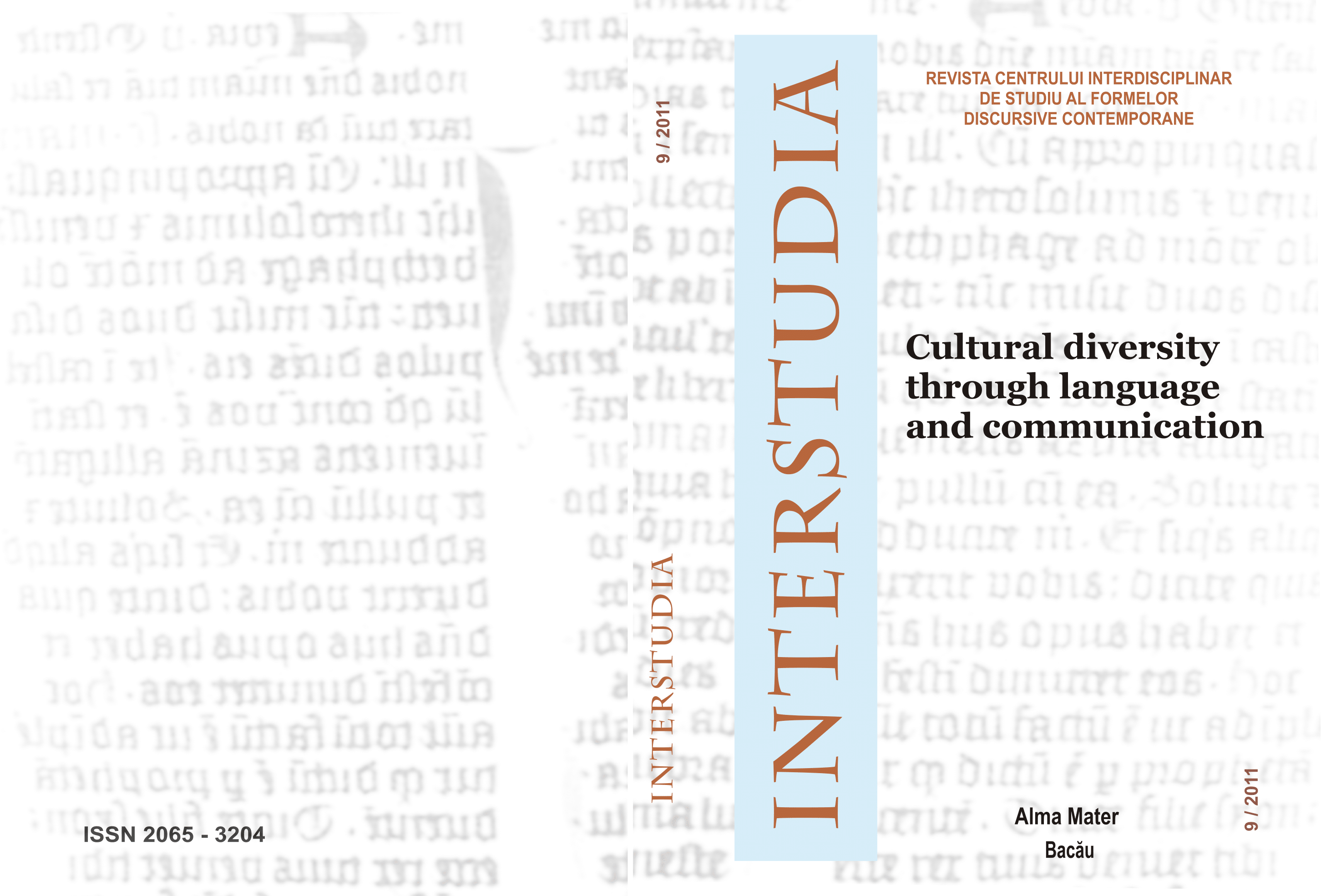Classifying food metaphors according to transfer of meaning
Classifying food metaphors according to transfer of meaning
Author(s): Gabriela AndrioaiSubject(s): Cultural Essay, Political Essay, Societal Essay
Published by: Editura Alma Mater
Keywords: transfer of meaning; semantic change; synaesthetic metaphors, anthropomorphic metaphors; similarity.
Summary/Abstract: Along the history of language, words have changed their meaning as they had to reflect a changing reality and a different context. The process of association, as expressed by figures of speech, has led to changes of meaning and then to polysemantic words. Metaphors depend on polysemy and thus, are to be classified among the changes of meaning. At the same time, each change also brings evidence for the innovation of speech. Metaphor itself passes through a series of transformations and, after having ceased to be an innovation, it enters into the standard usage and becomes a cliché. If within speech, metaphor represents the concrete realization of language then, the possibilities of metaphor and other types of semantic change can be fully exploited. Generally speaking, metaphors allow for a description of organizational characteristics and functions in the terminology of another domain of interest. As English comprises a multitude of specific metaphoric terms belonging to the food domain, we believe that the classification of metaphors proposed by Stephen Ullmann fits our research.
- Issue Year: 2011
- Issue No: 09
- Page Range: 87-98
- Page Count: 12
- Language: English
- Content File-PDF

